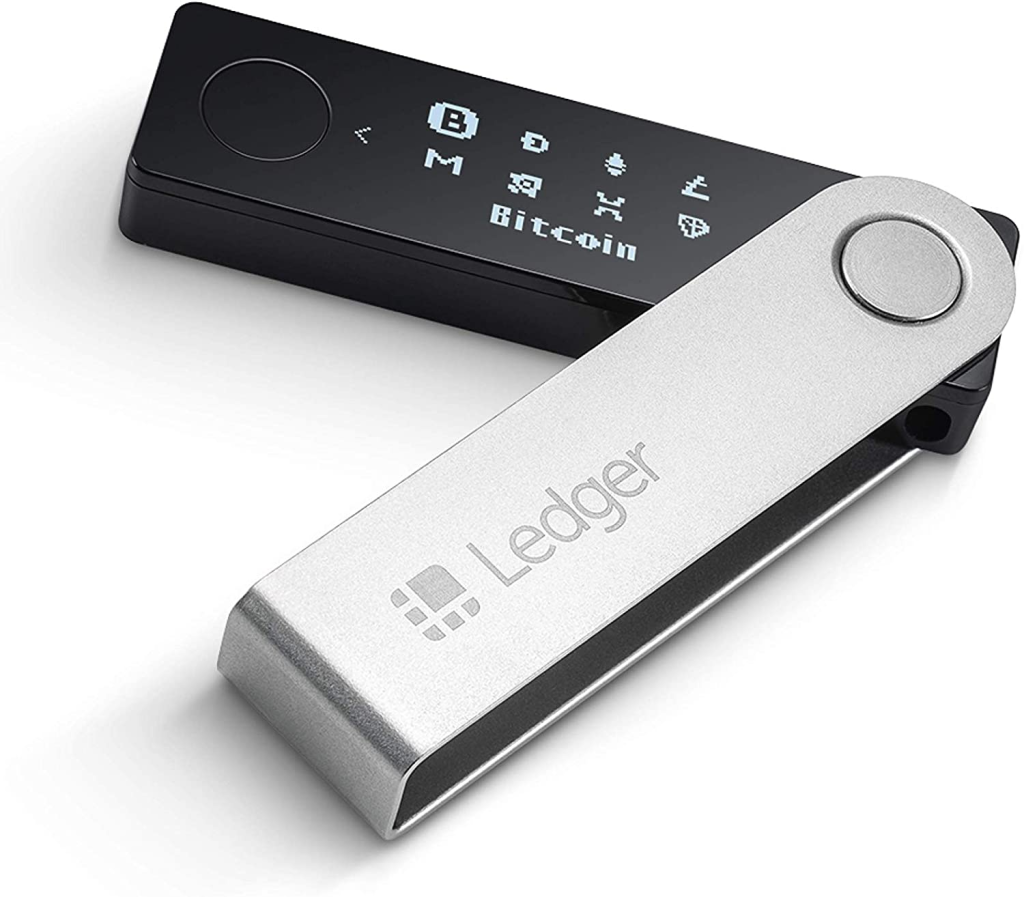Essential Tips for Choosing the Right Ledger Wallet For You.


Cryptocurrencies are becoming increasingly popular and reliable ways of making payments and investments. With the emergence of digital assets, it’s important to find a secure way to store them. One such solution is the Ledger wallet, an innovative cryptocurrency hardware storage device that allows you to protect your coins offline. In this article, we’ll provide an in-depth guide on how to set up your new Ledger Live update.
Unboxing Your Ledger Wallet
The first step is opening the package, which contains the hardware wallet itself, a USB cable for connecting it to your computer or smartphone, a keychain for storing your recovery phrase securely, and a user manual. Once you have all these components ready, you can start setting up your wallet.
Downloading & Installing the Software
The next step is downloading and installing the software from the official website (https://www.ledgerwallet.com/). This process is simple and should take only few minutes depending on your internet connection speed. After completing the installation process, launch the application and connect your Ledger wallet via USB cable or Bluetooth (depending on which device you are using) to get started with setting up your wallet.
Creating Your PIN Code
After connecting your device with its accompanying software, you will be prompted to create a six-digit PIN code for added security. Make sure this PIN is unique and hard-to-guess as it will be required everytime you open or access your account in any way. Next, confirm this PIN by entering it again when prompted by the software application.
Writing Down Your Recovery Phrase
Ledger wallets come with an additional security feature called ‘Recovery Phrase’ – a 12-word passcode generated randomly when you first create an account that can be used for restoring access to funds if ever needed in case of theft or loss of credentials due to forgetting passwords etc. Therefore, it is highly recommended that users write down their recovery phrase on paper before proceeding further with any transactions related to their accounts as this ensures no one else can gain access even if they have physical possession of one’s device or computer system upon which one’s account exists/existed at some given point in time .
Finalizing Setup & Accessing Funds
Finally, after creating a secure PIN code and writing down your recovery phrase on paper , users may now proceed with funding their accounts by transferring appropriate amounts of cryptocurrencies into them from external sources like exchanges etc through its associated public address displayed within its main interface along with other details such as total balance available in addition to details about recent transactions etc . For added convenience , users may also customize settings within their wallets such as enabling two factor authentication (2FA) by integrating services like Google Authenticator into their wallets among other advanced features like changelly integration etc .
In conclusion , setting up a ledger wallet is fairly straightforward but requires users to take extra care when handling sensitive information such as recovery phrases . Once complete , users then need only fund their accounts through external sources like exchanges before being able utilize various services provided through them . Doing so ensures users never have worry about losing access funds due lack of knowledge about proper management techniques associated with storing crypto currencies securely offline . Ultimately , ledger wallets stand out from other crypto currency storage solutions due their ease use along with robust security features designed keep user data safe even during worst case scenarios involving stolen devices or forgotten passwords etc . All things considered , investing in ledger wallets offers peace mind that comes knowing funds remain safe at all times while still providing flexibility one needs manage finances more efficiently without having worry about potential hacking attempts etc .





